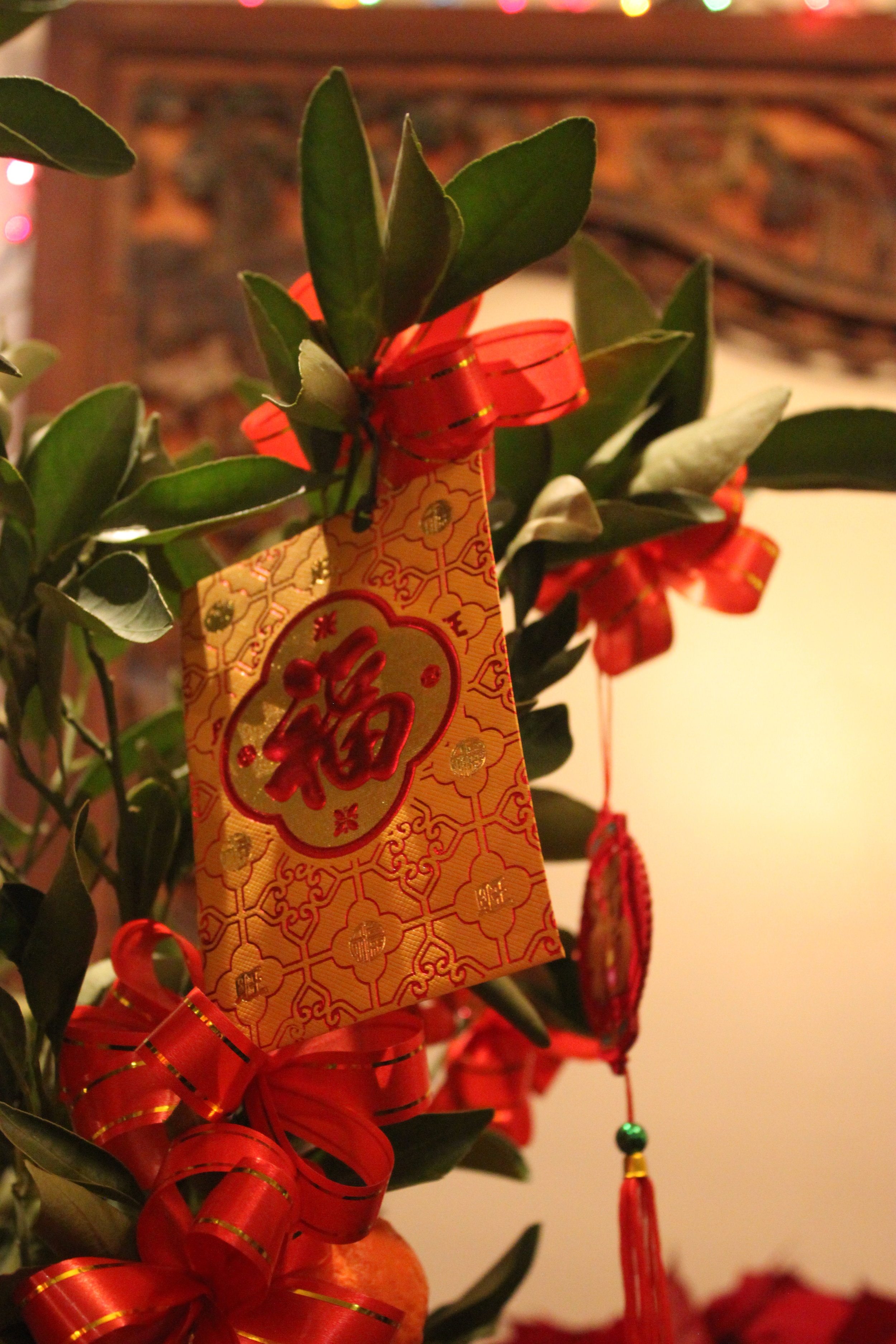San Francisco
A Taste of culture
Dinner at Great Eastern Restaurant
Three minutes. Three minutes trying to maneuver my chopsticks expertly enough to pick up a single grain of rice. My fingers ached, but I would be damned if I asked for a fork, if I gave any sign of an inability to fully immerse myself into this culture. Surrounded by new friends who taught me how to properly use chopsticks, I kept my head down and struggled through dinner, my appreciation for each bite increasing as dinner continued and my hand fatigued. Someone joked about how comfortable she felt with chopsticks, saying, “I don’t know which I hold more—a pencil or chopsticks.” Everyone laughed; I laughed, even though I couldn’t relate.
The flavor of salt and heat overwhelmed my taste buds. I frantically searched for water on the table, my mouth burning with the amalgamation of spices. To my surprise, I found no water on the table, but a teapot filled with boiling tea. My friends laughed at the bewilderment on my face, and they kindly educated me further. Apparently, most authentic Chinese restaurants don’t serve water unless you specifically ask for it, offering an herbal tea instead. Yet another faux pas.
After spending the day exploring the rest of San Francisco, coming to Chinatown feels like entering an entirely separate world. Today, I’ve seen crowded Victorian mansions sitting atop bustling streets and sleek coffee shops with customers lined out the door. Businesspeople wearing crisp suits walk briskly with purpose, passersby stall, distracted by the urgent messages on their phones, pedestrians rush about beneath skyscrapers. From there, I enter a town filled with single-story, run-down buildings. Chinatown is embedded within a small corner of San Francisco, and as I cross the threshold into the neighborhood, my nose itches from the cigarette smoke, and my ears ring from firecrackers exploding on the streets. Narrow streets are crowded with people whizzing by, speaking in tongues. The rugged surroundings create an ambiance that, while welcoming, can only be truly appreciated by the locals of the neighborhood.
Escaping the cold winds of San Francisco on a winter evening, we gladly enter the cozy Great Eastern Restaurant. Delighted by the warmth, I look up at the entrance of the elegant eatery: bamboo trees and poinsettias fill the entryway while intricate wooden decorations adorn the surrounding walls. The host approaches us, bows, and leads us to a table covered by a white tablecloth littered with small, oriental designs. At the center, an enormous glass turntable holds the teapot and dishware. Once we settle down in our chairs, I open my menu to find that each dish is labeled in a language that I can’t read, followed by vague English descriptions beneath. At the Chinese restaurants I’m used to going to, the menus are written entirely in English.
Deciding what to order is a tricky game when you don’t recognize half of the dishes on the menu. I’m grateful that my first experience in the authentic side of Chinatown was shared with people who could adjust to this environment instinctively. Many of my friends here have ties to China; having parents who immigrated to the United States before or shortly after they were born, they were raised on authentic Chinese cuisine. Needless to say, they understood how to navigate the menu better than I did, so I fully handed over the reins. I listened as they chose dishes that I had never tried. Warily, I watched as they ordered items with fire symbols next to their titles, denoting how spicy the contents are. As an adventurous epicurean, I was ready to endure the heat of the meal. Suddenly, I noticed the prices—well beyond my college student price range—along with everyone else. Disappointed, my friends remarked that they go to delicious, genuine Chinese restaurants for a fraction of the cost. It seems that visits from Barack Obama and Tim Cook were the basis for the prices to skyrocket. With the knowledge that Great Eastern compromised nothing but the cost, the weight of our wallets didn’t detract from the superb cuisine and conversation.
From my table, I can see Chinese people chatting in their native tongue, waiters bowing to their customers before and after they serve them, children filling the plates of their elders—all carrying on with a traditional Cantonese meal as I imagine one would in China. Throughout the restaurant, I see tangerine trees draped with red envelopes, a symbol of good luck and prosperity. My Chinese friends eagerly share their culture with me; I learn the two-tap please and thank you when others pour you tea and how to use chopsticks without stabbing or skewering the food. The meal sparks conversations about parents’ and grandparents’ lives in China—the differences between life across the Pacific and in the cultural melting pot that is the Bay Area. Generations after the birth of Chinatown, Chinese culture remains alive in how my friends describe their heritage.
Yes, tourists fill the streets of Chinatown, but authentic Chinese culture appears in simple ways, like sharing dishes on the turntable, eating rice with chopsticks, and serving your friend tea. Millions of Chinese people have found and created a home for themselves among these conspicuous streets in San Francisco. And Great Eastern—with its hiked-up prices and all—serves meals rooted in true Chinese culture, meals that the Cantonese locals know so well.
Words: Elizabeth Bennett
Photos: Stephany Su







